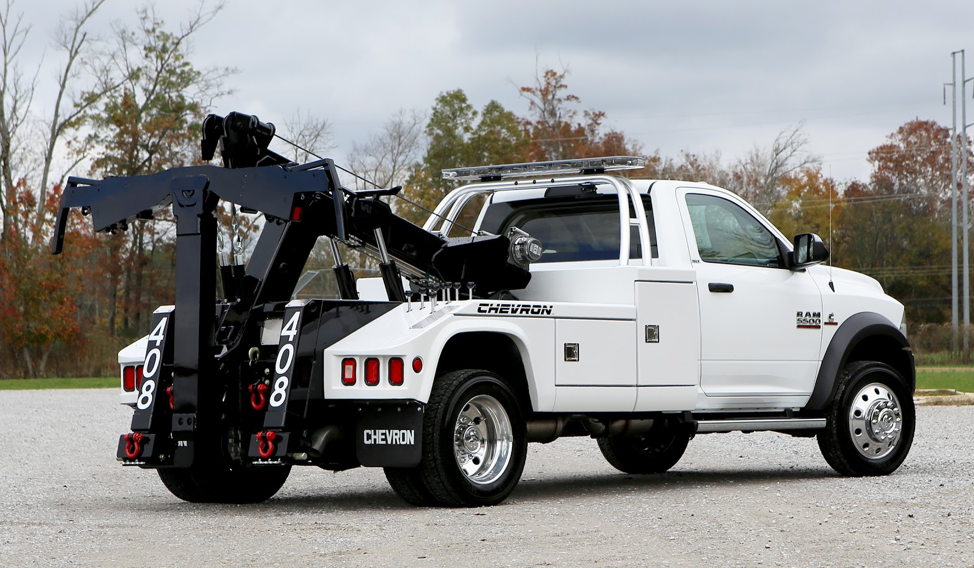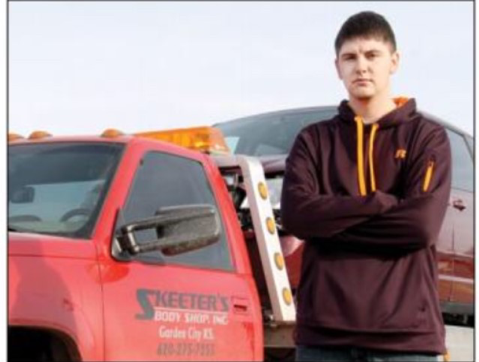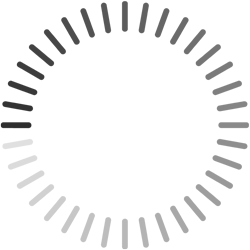We have all known someone (or maybe have been that someone) whose vehicle is broken down or stuck and in need of a tow or recovery.
Calling a tow company definitely can add up fast if your insurance does not cover it. Maybe your buddy has a truck and a chain that can be used to tow you to the mechanic, your house, or just out of a snow drift or mudhole. If this buddy just has a chain, however, more than likely that isn't going to work with today's vehicle.
We’re going to see how to properly tow vehicles and make sure that everything is done right and that more damage isn't done. Obviously, if it’s a truck that has tow hooks, it’s always best to use those.

As a tow truck operator myself, I’ve seen significant damage done because of someone who has towed a vehicle improperly many times. The most common occurrence of damage is hooking onto a part of a vehicle that is not sturdy enough to have pressure applied to it form an external source. Let’s take control arms for instance.

Double wishbone suspension
The front lower control arms can be an easy hook point, while also being an easy part to damage if it’s not made out of cast iron. One crucial component is to make sure that no other parts, like stabilizer links, struts, etc., are in the way when you are connecting the tow strap. Also, another key component is making sure that it can handle stress on it, like the one pictured above where it is made of cast iron and should be able to take a load on it. The best way is to use a J-hook, wrap a chain, or tow strap around it and secure it.
Always make sure to have tension on the strap or chain before pulling and ensure that it will not come in contact with the front bumper or any other fragile parts. I’ve seen a few of those ripped off.

If your lower control arm looks like this, which is cast aluminum, DO NOT use it for any towing as it will cause major damage. It does not have the strength to have an external load put out on it.
Another type of control arm found on a MacPherson style control arm should NOT be used for any type of towing hook points either.

MacPherson style control arm
The best point of attachment usually requires a special “mini J-hook” or “T-hook” attachment.
Below are torque boxes that are made specifically to attach a car to a tow truck for pulling. They're usually located on the frames of trucks or the unibody of a car. Be careful to make sure that it's thick enough or double reinforced so that it does not tear the metal.

Torque box on a truck frame

Reinforced torque box on a unibody vehicle
These can usually be found on the body behind the front tire, along the front half of the truck frame, or sometimes behind the engine compartment.
This is the most popular type of towing point on late-model vehicles. It is also the safest way to tow or recover a vehicle. Here are the required hooks that are made to hook these points.


Mini J-hook and T-hook
Always make sure you have tension before pulling someone out of a ditch or towing someone down the street, as any sudden heavy force pulling on any of these can cause extensive damages.
After finding the correct hook point, make sure to place the vehicle in neutral. If no power is going to the vehicle, look in your owner's manual to see how to override the shifter. One of the most popular access points is located beside the shift knob on automatic vehicles with a floor style shift knob.

Simply use a pick or mini flat screwdriver to pop off this cover. Stick your key or screwdriver in the hole, press downwards while engaging the brake, and shift into neutral. Make sure no one is around the vehicle because it may roll into an unwanted direction.
When a vehicle is being pulled from a ditch (or possibly stuck somewhere else), slowly and carefully begin towing the vehicle while it is in neutral and the brake is not engaged. When pulled to the desired location, engage into park, unhook the vehicle, and check for any damage caused by towing or when the vehicle became immobile.
Be sure to check your local laws before towing a vehicle. These regulations vary by cities and states. If you are not sure about finding a tow point or you are not comfortable with towing, it is definitely best to contact a tow provider. Usually, it will cost less to have a vehicle towed or recovered than replacing some costly body and suspension parts.
And be sure to call your insurance provider if you have full coverage on your automobile. Many customers that I have served have had experiences where they are reimbursed or even have tow coverage on their policy without even knowing!
If you’re ever in a situation where you need a recovery or tow service, hopefully, you’ve learned a thing or two about what and what not to do!
- The content above was submitted by a guest contributor and is for informational purposes only. The views and opinions expressed in this content are those of the guest contributor and do not reflect the views and opinions of Valvoline LLC.

 Logan Smith
Logan Smith